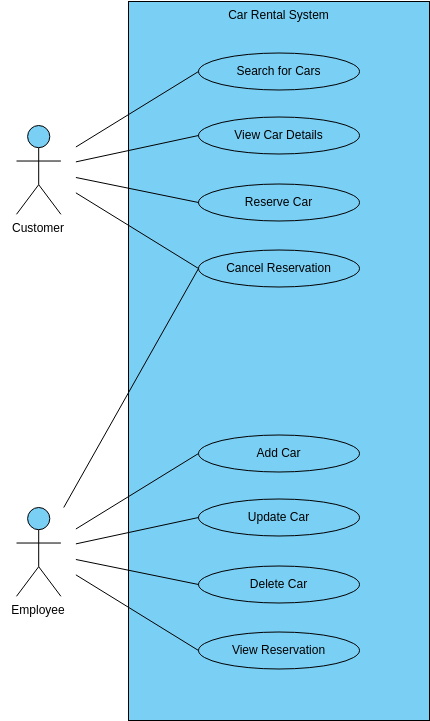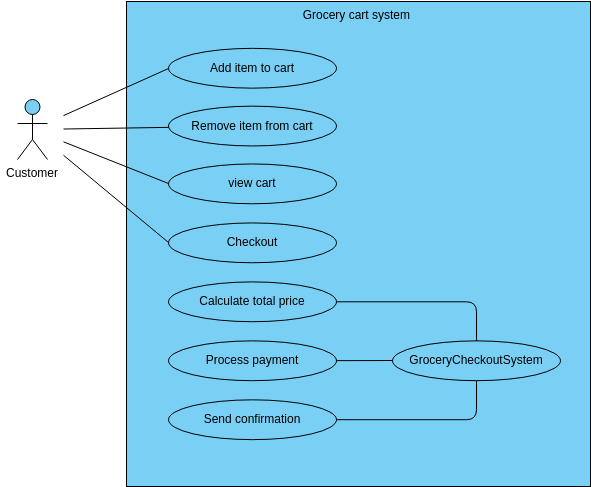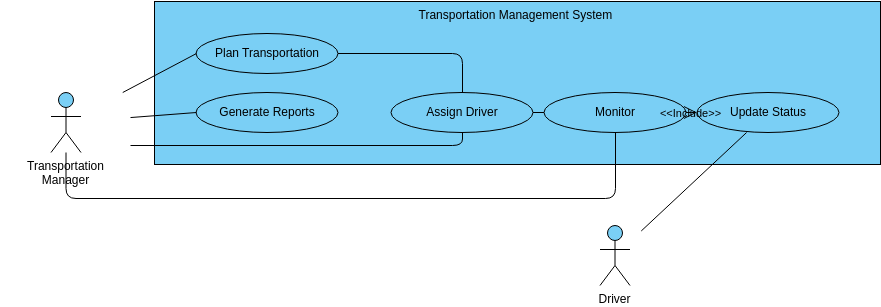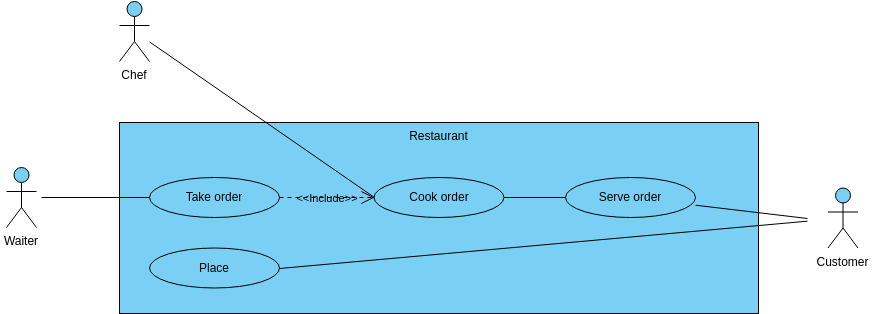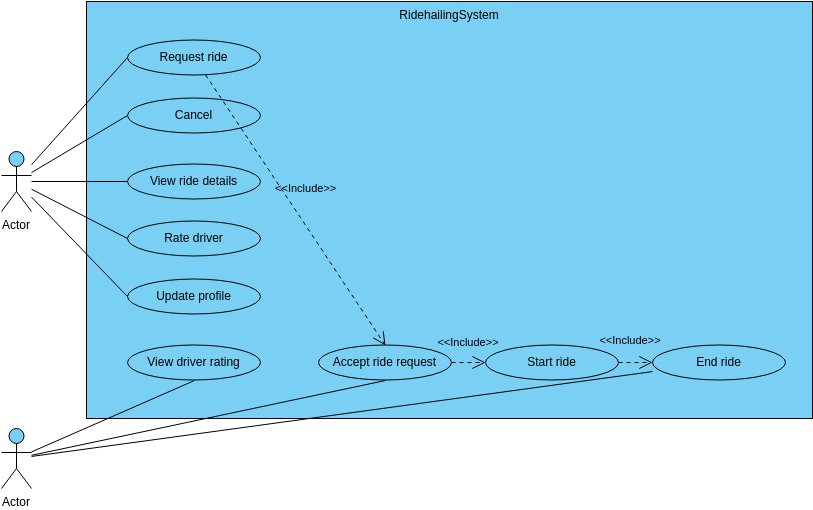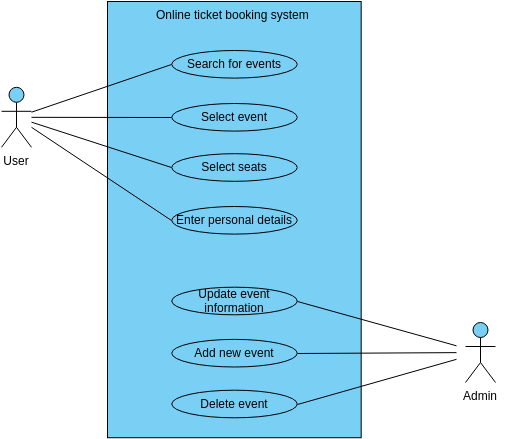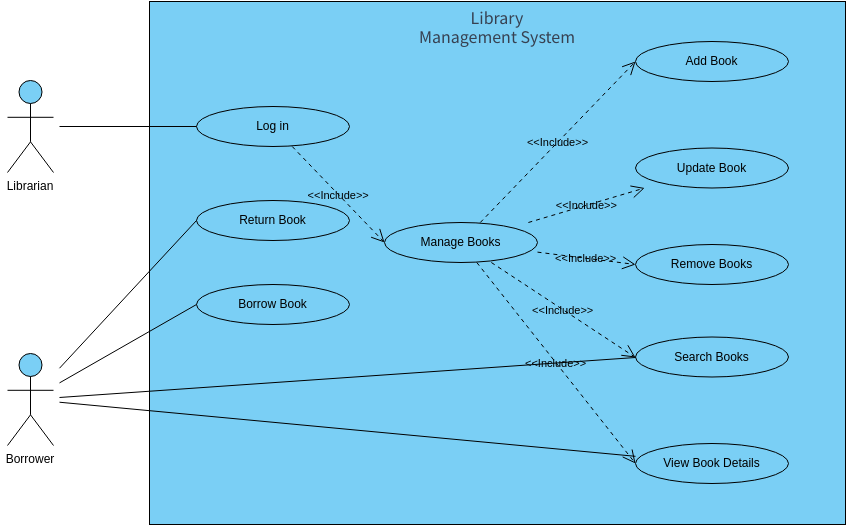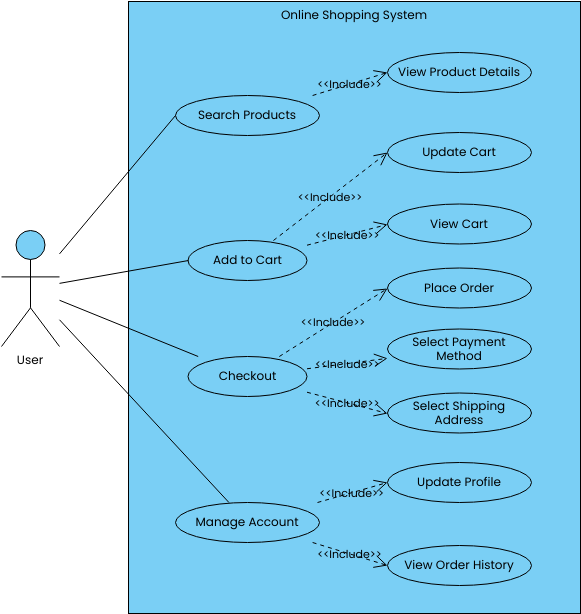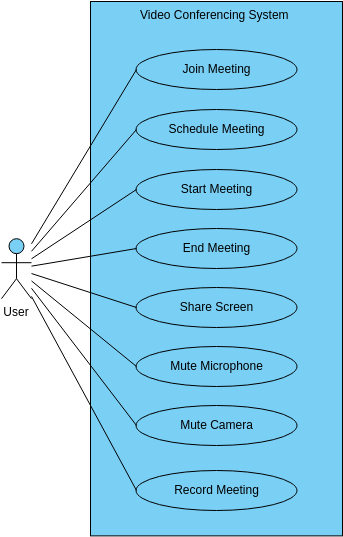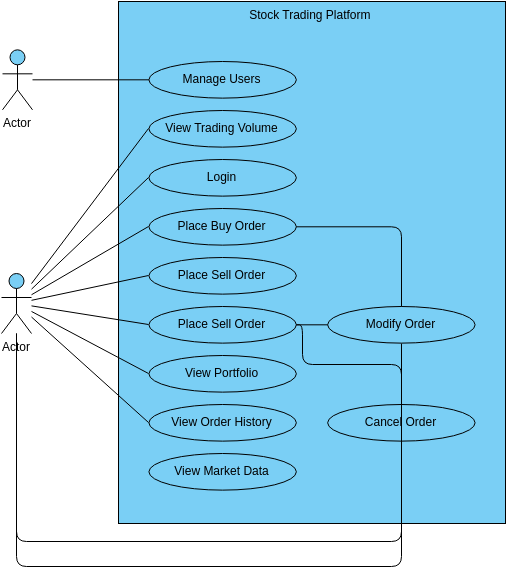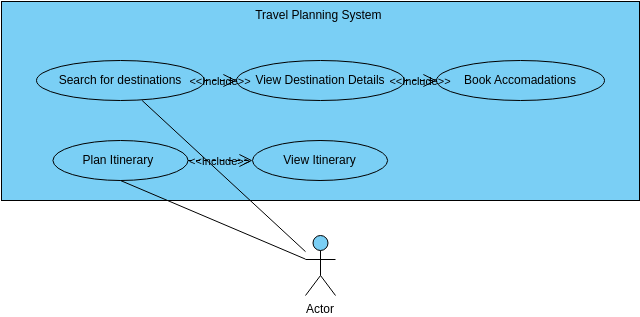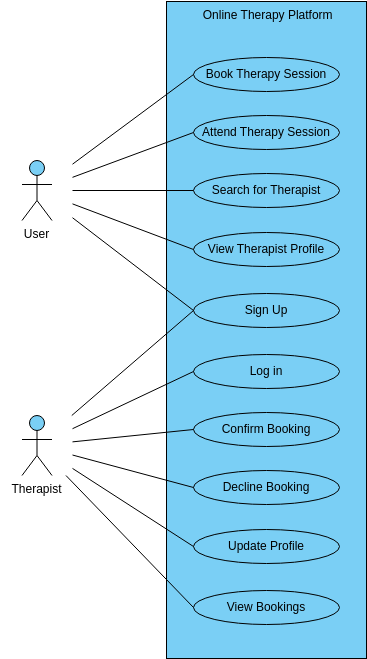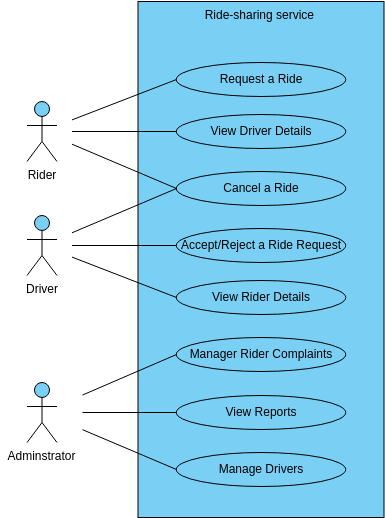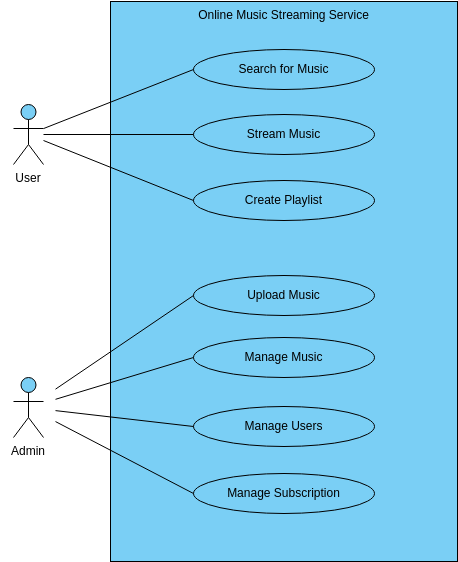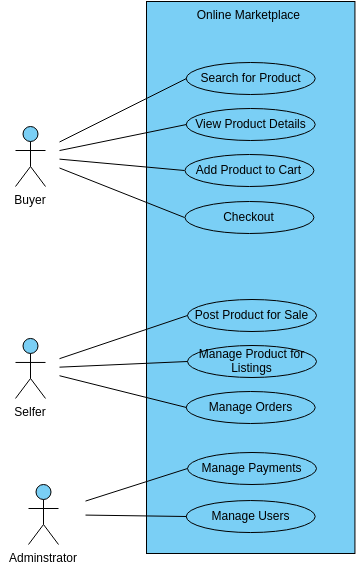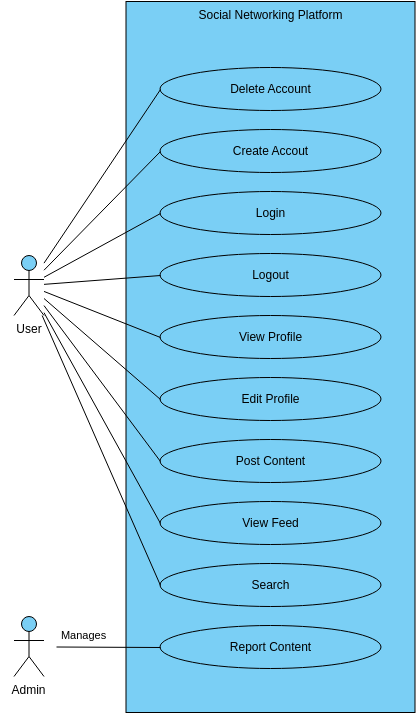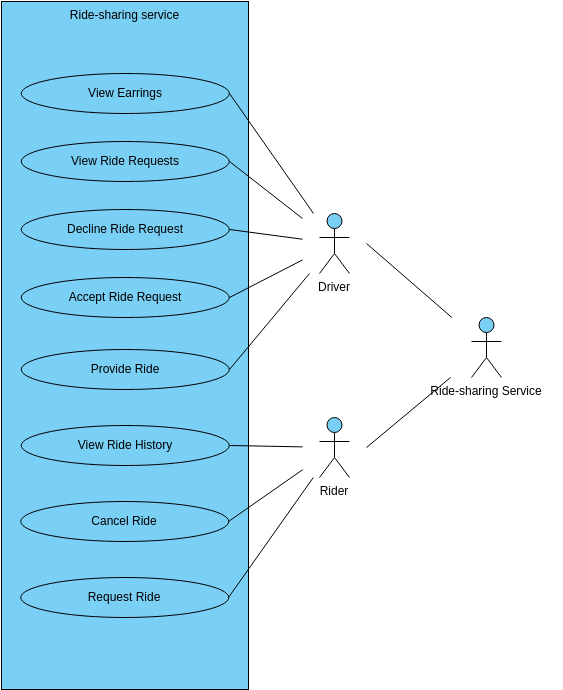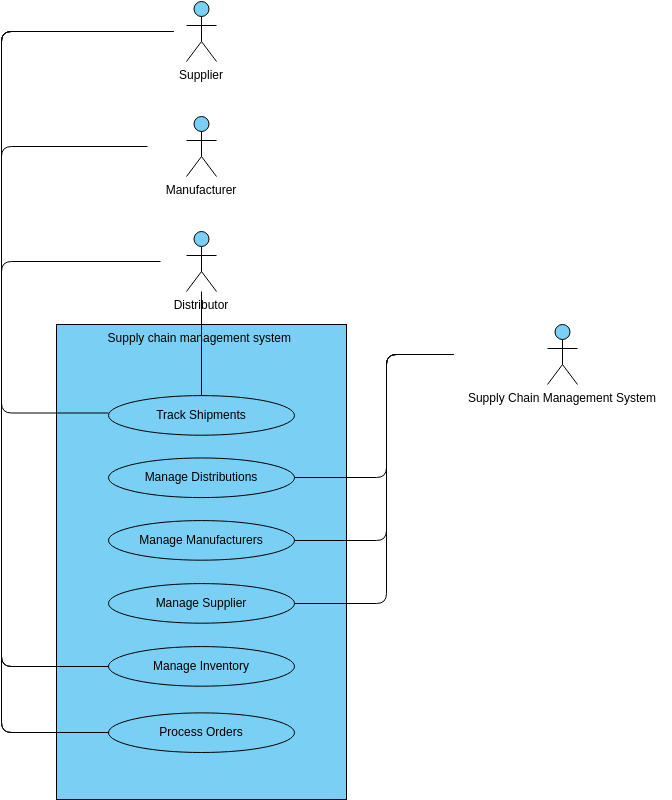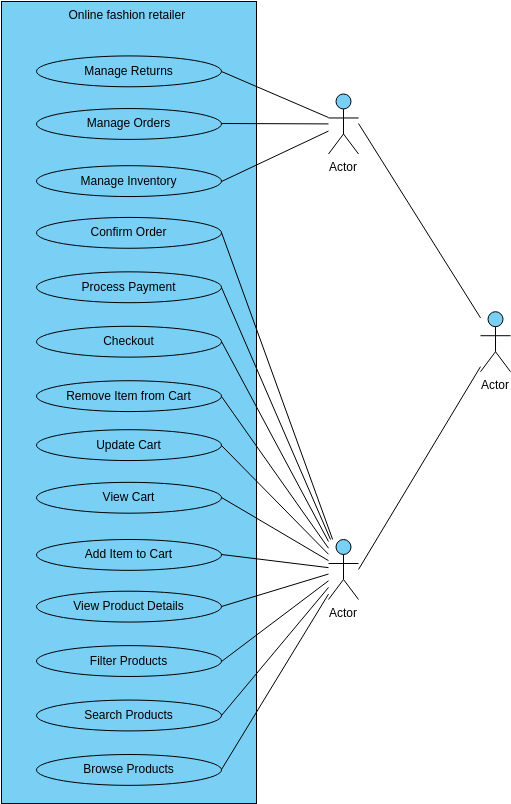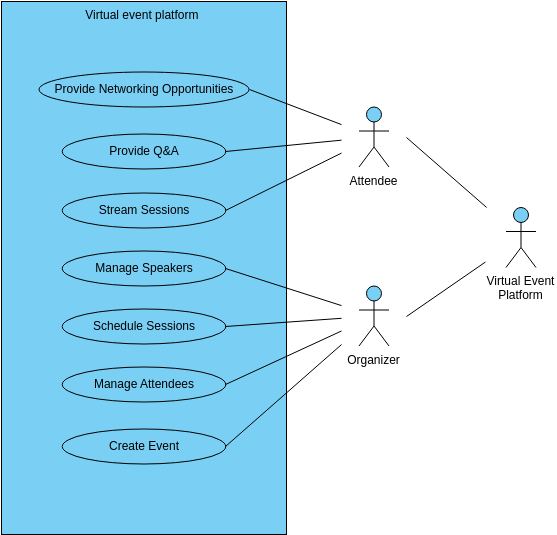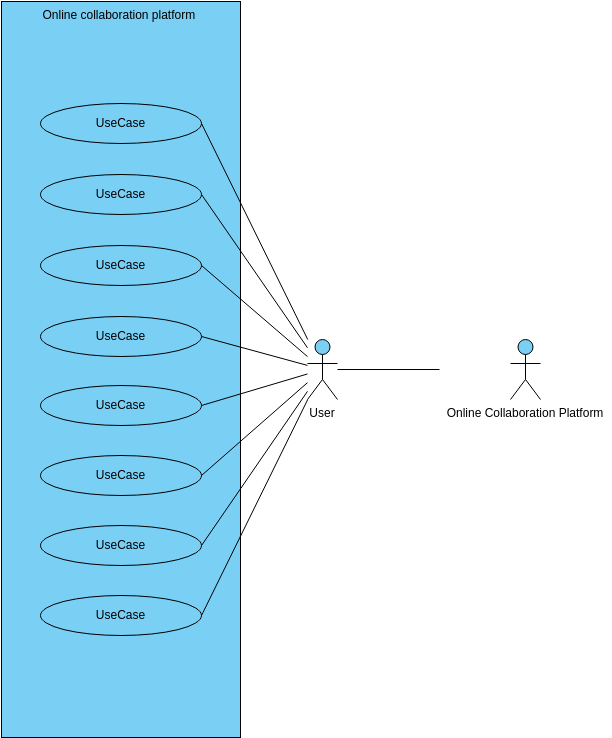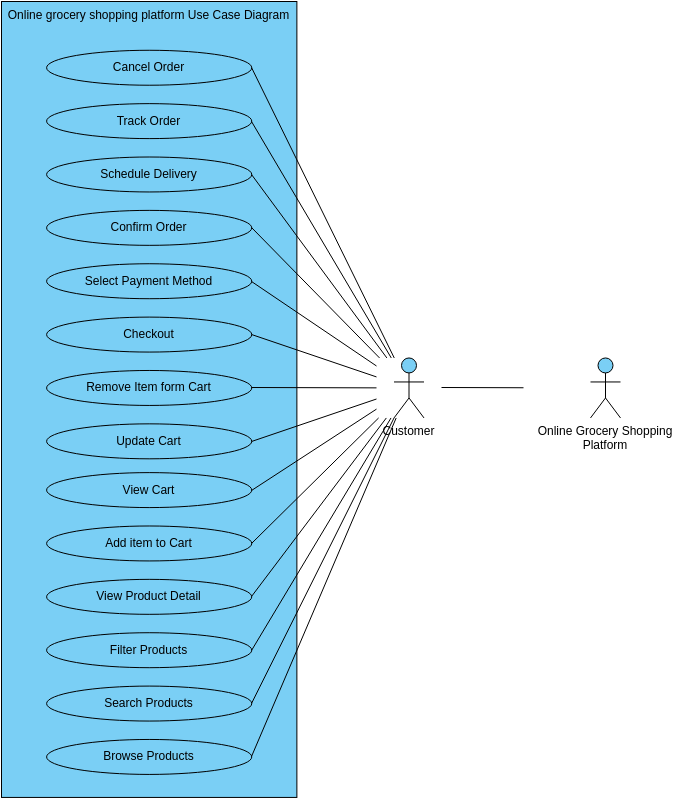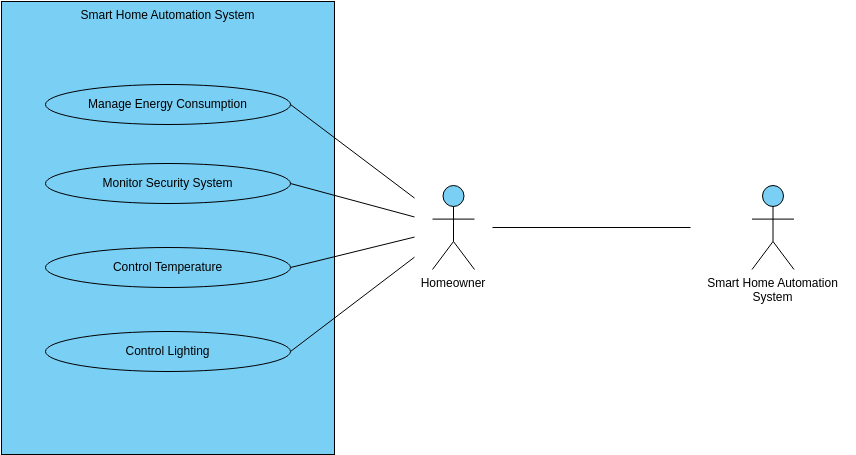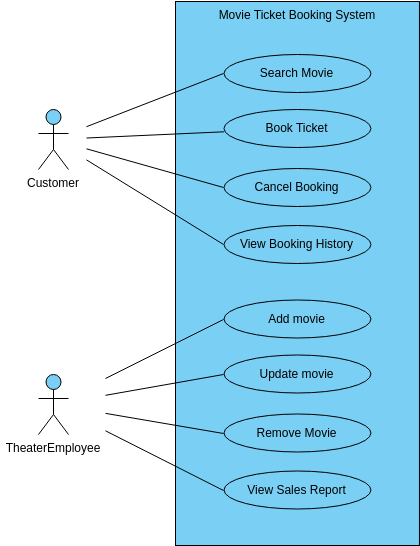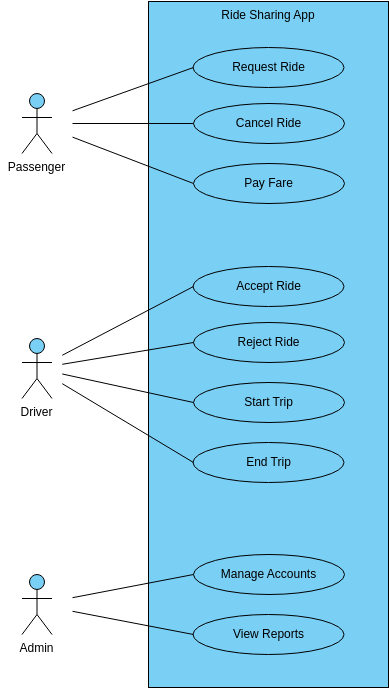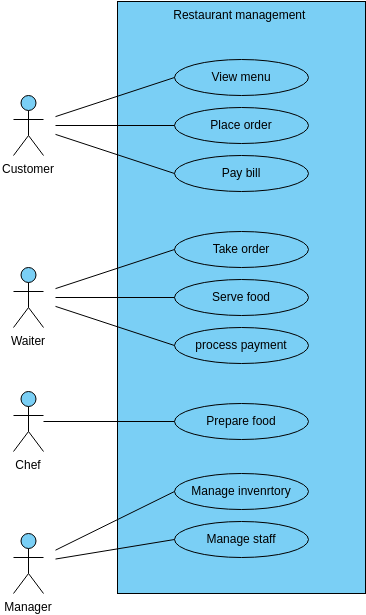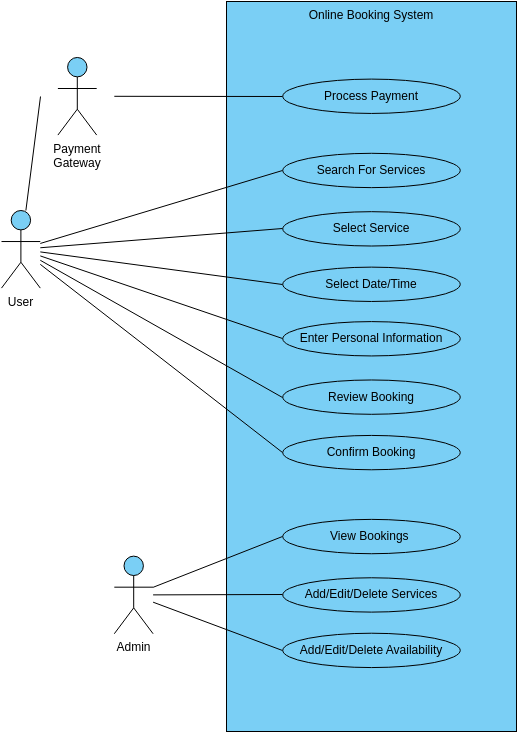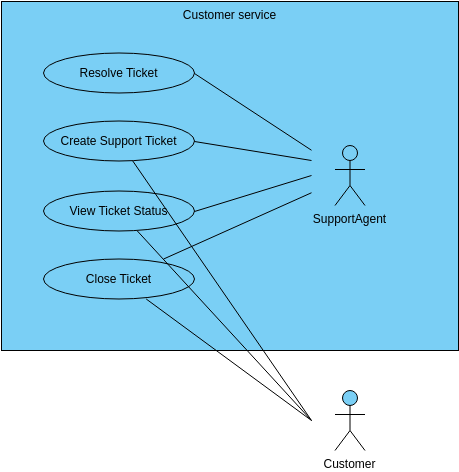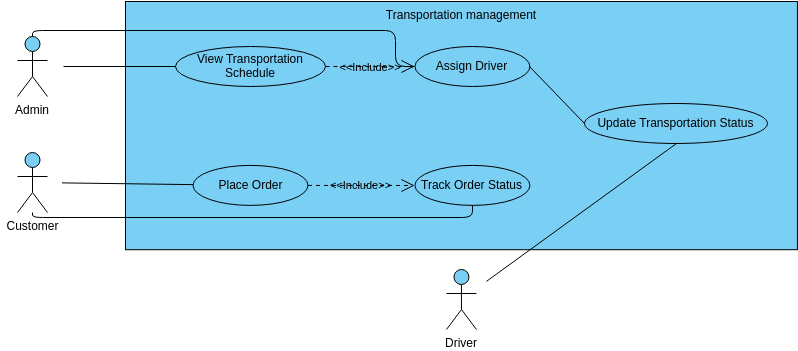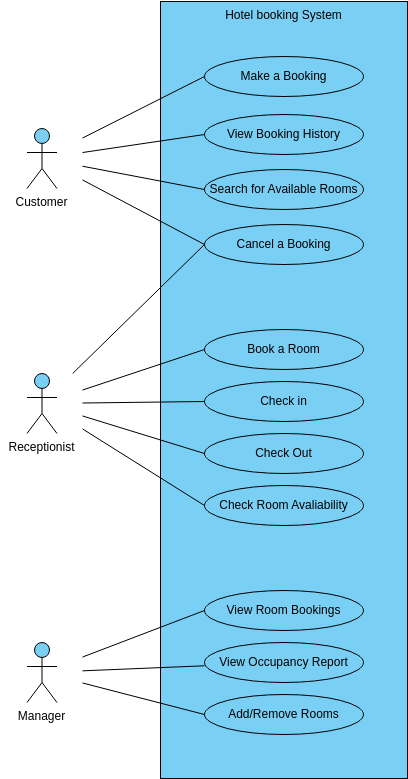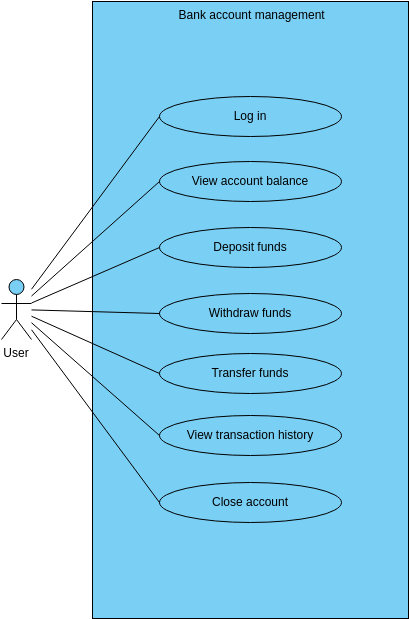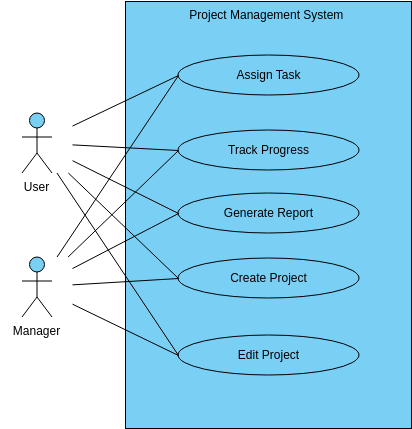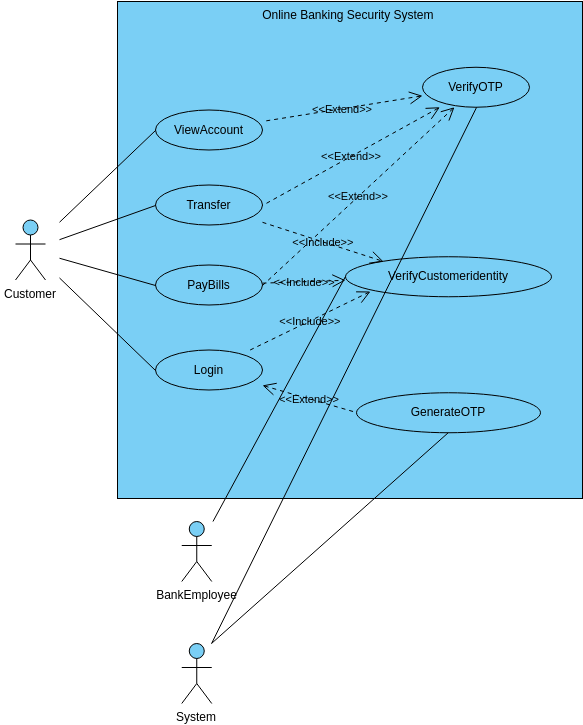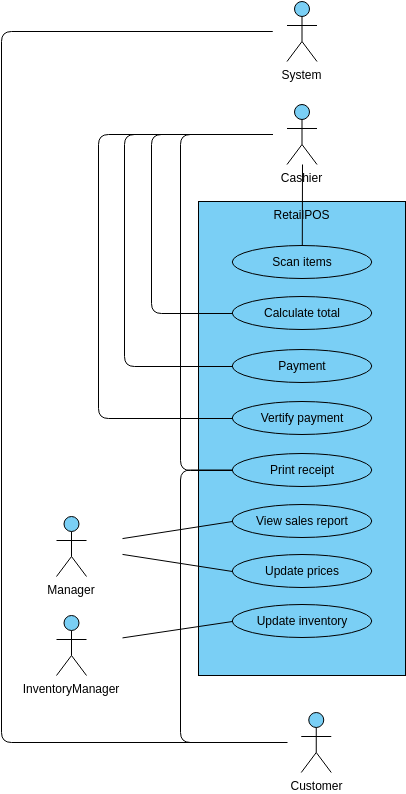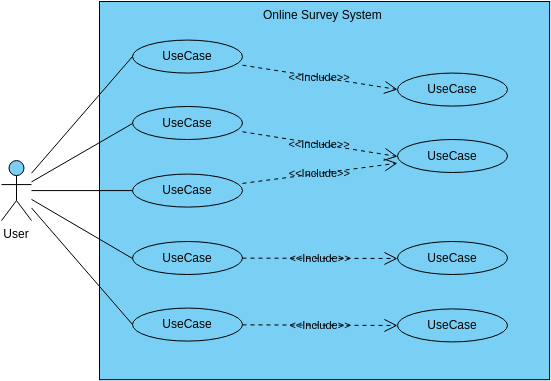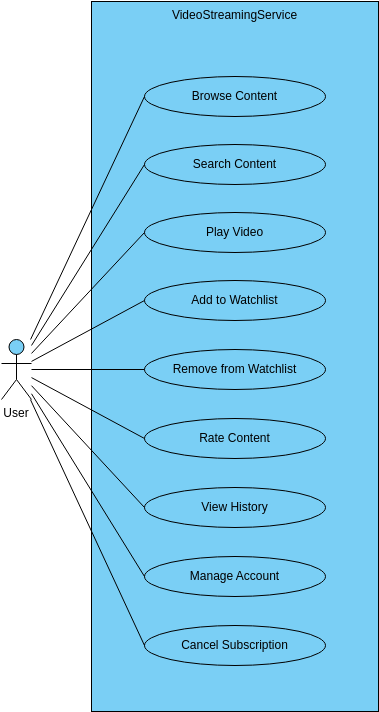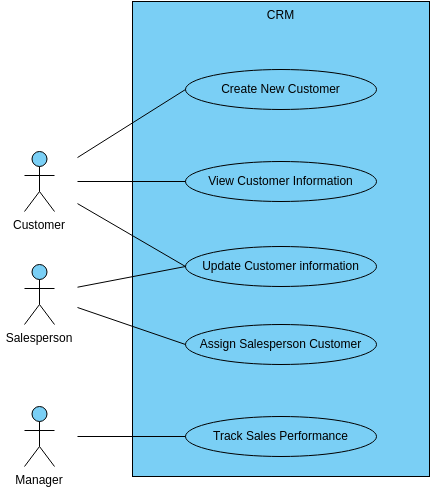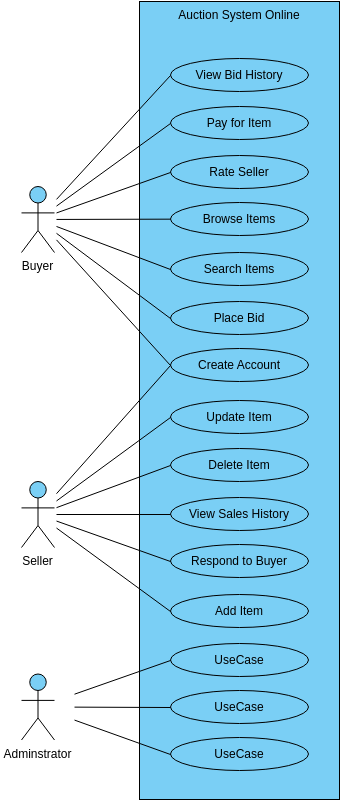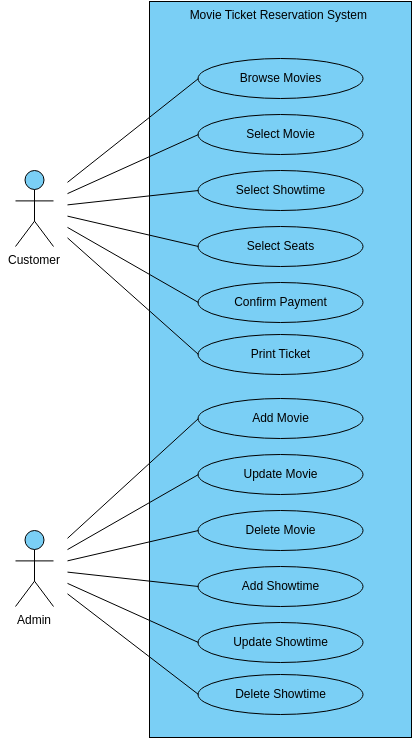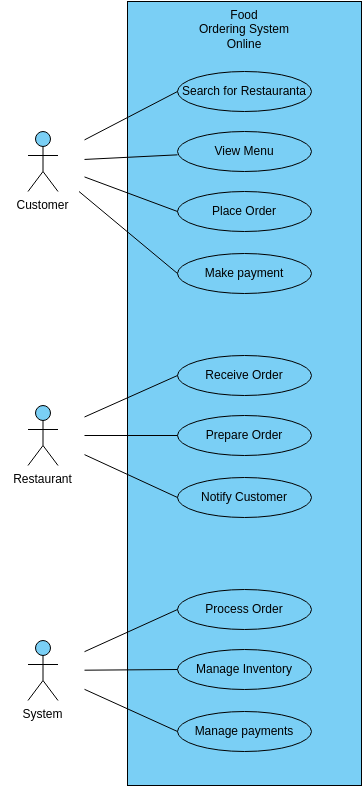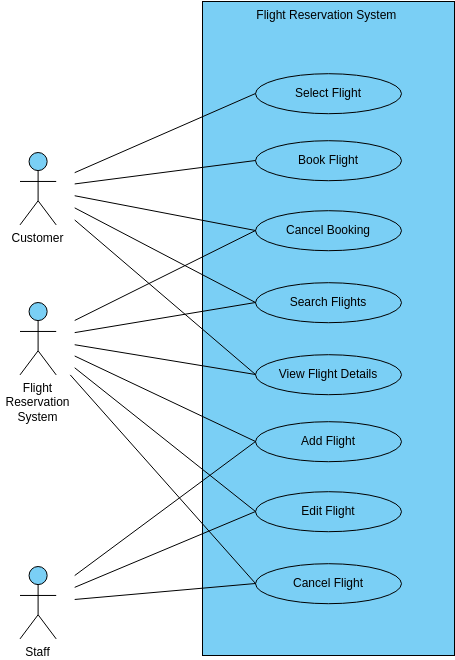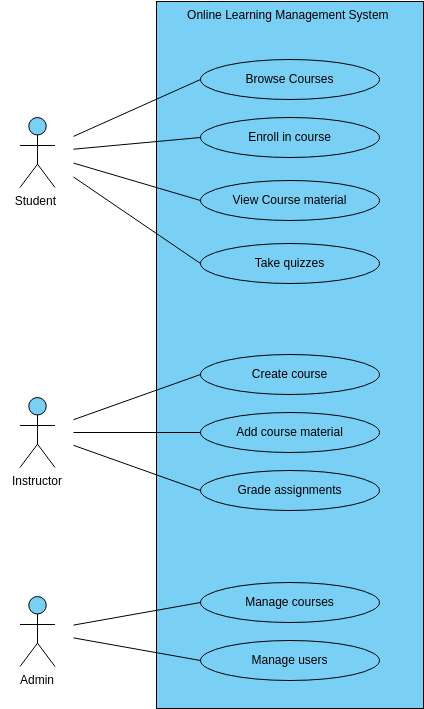Car Rental System
A Car Rental System is a software application designed to help customers rent cars from a rental company. The system includes features such as car inventory management, reservation management, and payment processing. The use case diagram outlines the tasks that can be performed within the system.
Customers can search for available cars based on their preferences, view car details, and reserve a car for a specified rental period. They can also cancel their reservation if necessary. This enables customers to easily find and rent a car that meets their needs and preferences, while also providing them with flexibility in case their plans change.
Rental companies can manage their car inventory by adding new cars, updating car details such as availability and rental price, or deleting cars from their inventory if necessary. This helps rental companies ensure that they have enough cars available for customers to rent and manage their car inventory effectively.
The system can also help rental companies view and manage customer reservations, including reservation details such as rental period, pickup location, and rental price. This allows rental companies to ensure that they have enough cars available for customers to rent and manage their car inventory effectively.
Overall, the Car Rental System use case diagram outlines the key functionalities of the system and demonstrates how it can be used to manage various aspects of car rental operations. The system can streamline the rental process, improve communication between rental companies and customers, and ensure that car rental transactions are executed successfully.
Pros of creating this use case diagram
Creating a use case diagram for a Car Rental System can provide several benefits. First, it helps to clarify the system's functionality and how it can be used to support car rental operations within the organization. By mapping out the various use cases, stakeholders can gain a better understanding of how the system works and how it can be leveraged to improve car rental processes.
Second, the use case diagram can serve as a valuable communication tool between stakeholders, including rental company managers, developers, and customers. It can help ensure that everyone involved in the system's development and implementation is on the same page and has a shared understanding of the system's purpose and functionality. This can help prevent misunderstandings and ensure that the system meets the organization's needs and expectations.
Overall, a use case diagram can be a useful tool for planning and designing a Car Rental System, helping to ensure that the system is aligned with the organization's goals and needs, and that it is capable of supporting various car rental-related activities. It can also help to facilitate communication and collaboration between stakeholders, improving the chances of a successful implementation and adoption of the system.
Benefits of creating this use case diagram
Creating a use case diagram for a Car Rental System can provide several benefits. First, it can help to identify any gaps or areas of improvement in the system's functionality and ensure that all necessary use cases have been accounted for. This can help to avoid potential issues or errors that could arise during the system's implementation and use.
Second, the use case diagram can serve as a useful reference tool for all stakeholders involved in the system's development and implementation. It can help to ensure that everyone has a shared understanding of the system's purpose and functionality, and can help to facilitate communication and collaboration between stakeholders. This can help to ensure that the system meets the organization's needs and expectations, and that it is implemented successfully.
Overall, a use case diagram can be a valuable tool in the development and implementation of a Car Rental System, helping to ensure that the system is aligned with the organization's goals and needs, and that it is capable of supporting various car rental-related activities. It can also help to identify potential issues or gaps in the system's functionality, and can improve communication and collaboration between stakeholders, ultimately leading to a more successful implementation and adoption of the system.
Are you in search of use case templates? Head over to Visual Paradigm Online and choose from a range of designs that can be customized to suit your needs.
